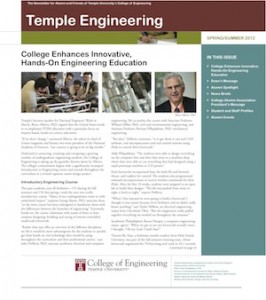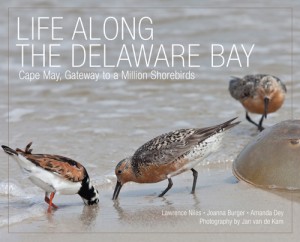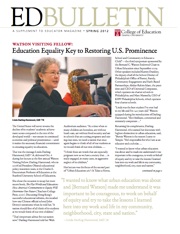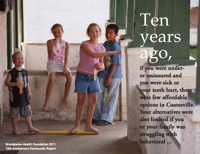During the past year I handled a number of extremely interesting projects for Temple University’s Office of International Affairs (OIA). Besides running the university’s 1,100-student study-abroad program and its international campuses (in Rome and Tokyo), OIA also recruits and supports the nearly 3,000 international students who come to Temple’s main campus as undergraduate and graduate students, exchange students or non-degree students.
Last fall, my first assignment involved helping the office complete International Insight, a 16-page newsletter/annual report whose goal was to heighten campus awareness of the office and the extensive support services that it provides to international students. Most of the report had already been written by various staff members, but I edited the copy—in some cases, extensively—to make it read more uniformly and to adhere to Temple’s style, which primarily follows the AP Stylebook.
More importantly, I helped organize the story lineup—including an introductory story which I wrote in order to give readers (even if that’s all they decided to read) a much greater sense of the office’s role and impact.
Click here to see a full PDF of the International Insight newsletter.
After the newsletter was completed, this spring I conducted phone interviews and then wrote 400-word profiles of 15 international students, including Temple students from China, Taiwan, South Korea, Vietnam, Malaysia, Kuwait, Saudi Arabia, Brazil and Venezuela. The profiles were soon used by OIA staffers, who traveled to many of those countries to recruit more international students, and were also posted on the office’s Temple website.
Click here to see the international student profiles.
I also wrote about the trip of the OIA’s director of international admissions to Hanoi and Ho Chi Minh City to present full scholarships to several distinguished Vietnamese students. Finally, in one of the most enjoyable writing assignments I have had in a long time, I spent a delightful hour interviewing four of the 29 English teachers from Brazil who spent six weeks this past winter at Temple. They were enrolled in an intensive six-week course designed to improve their skills in teaching English as a second language. The program was offered by the office’s Intensive English Language Program.
Click here to see a full PDF of the Brazilian English teachers story.

 The latest issue of Temple Engineering, a biannual 12-page newsletter that Temple University’s College of Engineering distributes to its alumni, features the college’s increasing emphasis on innovative, hands-on teaching methods. The main story—about 2,200 words with several sidebars—highlighted a series of educational innovations ranging from a hands-on introductory course that now involves teams of freshmen building and racing remote-controlled hovercraft and portable circuit board “laboratories” that allow electrical and computer engineering students to conduct required lab experiments anywhere and anytime.
The latest issue of Temple Engineering, a biannual 12-page newsletter that Temple University’s College of Engineering distributes to its alumni, features the college’s increasing emphasis on innovative, hands-on teaching methods. The main story—about 2,200 words with several sidebars—highlighted a series of educational innovations ranging from a hands-on introductory course that now involves teams of freshmen building and racing remote-controlled hovercraft and portable circuit board “laboratories” that allow electrical and computer engineering students to conduct required lab experiments anywhere and anytime.
 After using only a magazine for the past six years to reach out to its alumni and other key audiences, the Temple University College of Education has ramped up its publication schedule. Beginning this year, the college plans on annually producing and distributing a magazine and two EdBulletin newsletters.
After using only a magazine for the past six years to reach out to its alumni and other key audiences, the Temple University College of Education has ramped up its publication schedule. Beginning this year, the college plans on annually producing and distributing a magazine and two EdBulletin newsletters. Brandywine Health Foundation releases 10th anniversary community report
Brandywine Health Foundation releases 10th anniversary community report